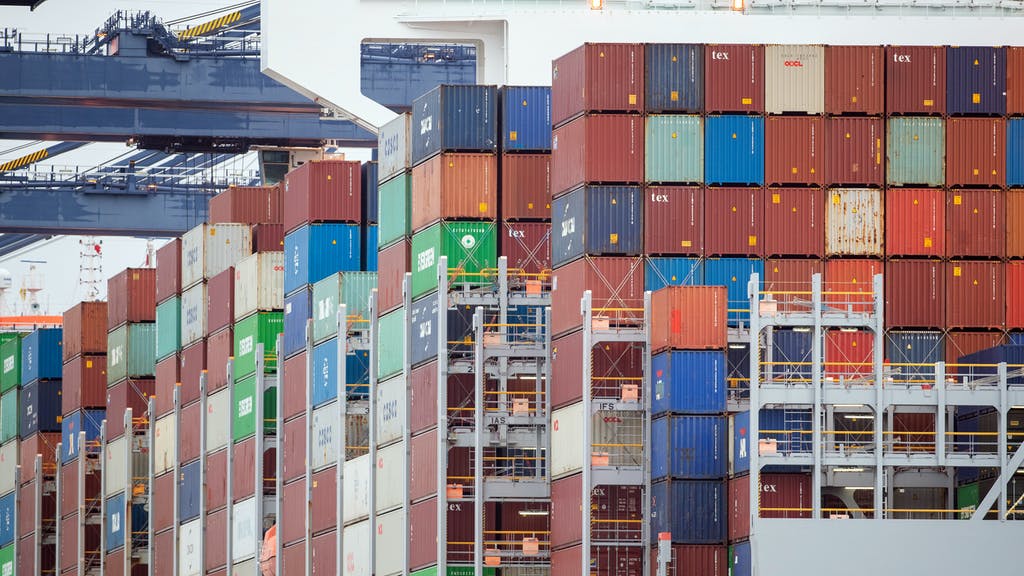
When it comes to running a business, logistics might not be the first thing that comes to mind when thinking about sustainability. Sure, when it comes to being more organised or even thinking about improving your communication, this is something that instantly comes to mind involving logistics but not sustainability.
But here’s the thing—how goods are moved, stored, and packaged can have a huge impact on the environment. To a degree, there’s already an expectation out there, and it’s something you should ideally comply with as well. So, with that all said, where can you even start? Is it complicated? Better yet, would all of this even be expensive? Well, here’s exactly what you need to know!
Cut Down on Packaging Waste
So, let’s start with the basics: packaging. It’s the first thing customers see, and unfortunately, it’s usually the first thing they toss in the bin. So, why not make it better? Yes, seriously, think about what your products are wrapped in—are the materials recyclable, reusable, or sustainably sourced?
A lot of consumers pay attention to this, and they want some major changes. So, going green with packaging isn’t just about ditching plastic; it’s about using less in the first place. Actually, ideally, minimal packaging or even reusable options can make a big difference.
But it’s not only about what you’re sending to your customers but also about the packaging and materials you’re using in your warehouse. So it might be a good idea to look into Pallite or even other similar companies that offer eco-friendly warehouse storage and protective packaging solutions. This part of a business gets overlooked because it’s the part that the customer doesn’t see (but shouldn’t that make it all the more important?).
Get Smart with Your Delivery Routes
Now, let’s talk transportation. It’s a massive part of logistics, and it’s also a major contributor to carbon emissions. But here’s the kicker—small tweaks can lead to big improvements. Yes, you read that right! So, you’re ging to want to start by looking at your delivery routes. Are they as efficient as they could be? Could you make fewer trips by planning better?
Ideally, route optimisation software has already been using in your company, but it not, it’s best to finally start doing that. Plus nowadays, the AI in them is also focuses on creating more fuel-efficient routes too.
Consider Electric or Hybrid Vehicles
While we’re on the topic of transport, it’s worth checking out what your fleet’s running on. Chances are, you’re more than familiar with this already, but it’s still a good idea to look into this again. So, electric and hybrid vehicles aren’t just for the eco-crazed companies—they’re becoming a smart choice for anyone looking to cut down on emissions. Plus, they’re just becoming far more common in the market in general.
But if you’re able to afford the investment (because it will be pretty expensive) then switching to electric vans or trucks can drastically shrink your carbon footprint, especially for shorter delivery routes. Sure, electric vehicles come with a higher upfront cost, but think about the long game.
Lower fuel costs, potential tax breaks, and the positive vibes from going green can make the investment pay off. Plus, who wouldn’t prefer the quiet hum of an electric engine over a noisy diesel one?